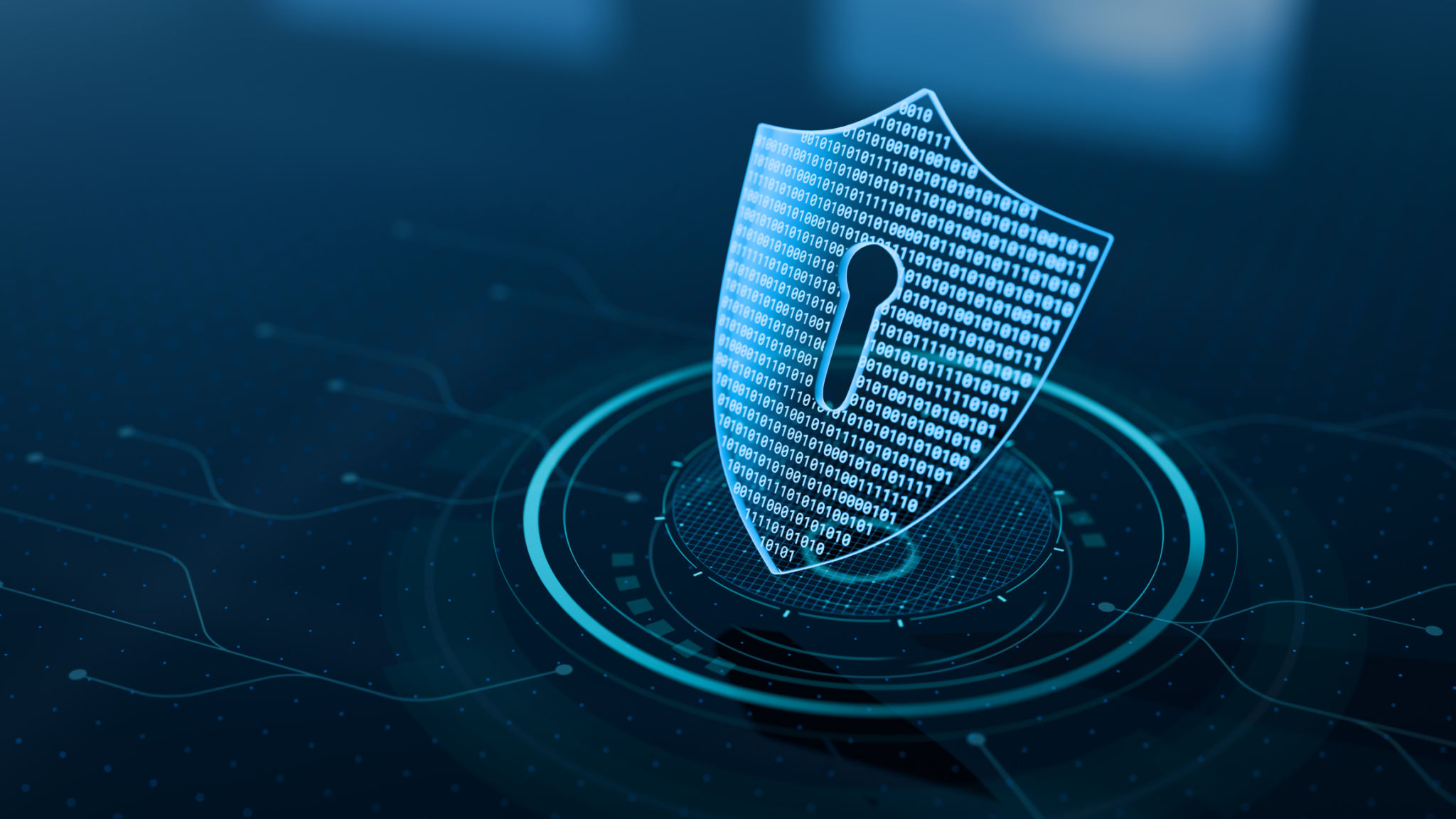The Ultimate Guide to Network Security: Protecting Your Business Assets
CP
Understanding Network Security
In today's digital age, network security is a critical concern for businesses of all sizes. As companies increasingly rely on digital infrastructure, ensuring the safety of their networks becomes paramount. Network security involves implementing measures to protect data integrity, confidentiality, and availability across your IT environment.
With cyber threats evolving rapidly, staying informed and proactive is essential. Businesses must adopt comprehensive security strategies to safeguard their assets from unauthorized access, data breaches, and other cyber risks.

Why Network Security Matters
Network security is not just about preventing data breaches; it's about maintaining the trust of your customers and safeguarding your business reputation. A robust security framework helps prevent financial losses and protects sensitive customer information.
Failure to implement proper security measures can lead to severe repercussions. Companies may face legal consequences, financial penalties, and a tarnished brand image if they fall victim to cyberattacks.
Key Components of Network Security
Effective network security involves multiple layers of protection. Here are some essential components:
- Firewalls: Act as a barrier between your internal network and external threats, monitoring and controlling incoming and outgoing traffic.
- Intrusion Detection Systems (IDS): Identify suspicious activities and potential threats within your network.
- Encryption: Ensures that data is readable only by authorized parties, protecting sensitive information during transmission.

Implementing Strong Password Policies
Passwords are often the first line of defense in network security. Implementing strong password policies is crucial in preventing unauthorized access. Encourage employees to create complex passwords using a mix of letters, numbers, and symbols, and enforce regular password updates.
Additionally, consider implementing multi-factor authentication (MFA) to add an extra layer of security. MFA requires users to provide two or more verification factors to gain access to a resource, significantly reducing the risk of unauthorized access.
Regular Security Audits and Updates
Conducting regular security audits is vital to ensure your network remains secure. These audits help identify vulnerabilities, assess the effectiveness of current security measures, and guide necessary improvements.

Stay updated with the latest security patches and software updates. Cybercriminals often exploit known vulnerabilities in outdated systems. Keeping your software and systems up-to-date minimizes potential risks.
Employee Training and Awareness
Your employees are your first line of defense against cyber threats. Regular training sessions on network security best practices can significantly reduce the likelihood of human errors that lead to breaches.
Ensure that employees are aware of phishing scams, safe internet practices, and the importance of reporting suspicious activities. An informed workforce is a critical asset in maintaining network security.
Conclusion
Network security is an ongoing process that requires vigilance and continuous improvement. By understanding its importance, implementing robust measures, and fostering a culture of security awareness, businesses can protect their assets and ensure long-term success in the digital landscape.
Investing in comprehensive network security not only shields your business from potential threats but also builds trust with clients and stakeholders. As technology advances, staying ahead of cyber threats is essential for safeguarding your business's future.
